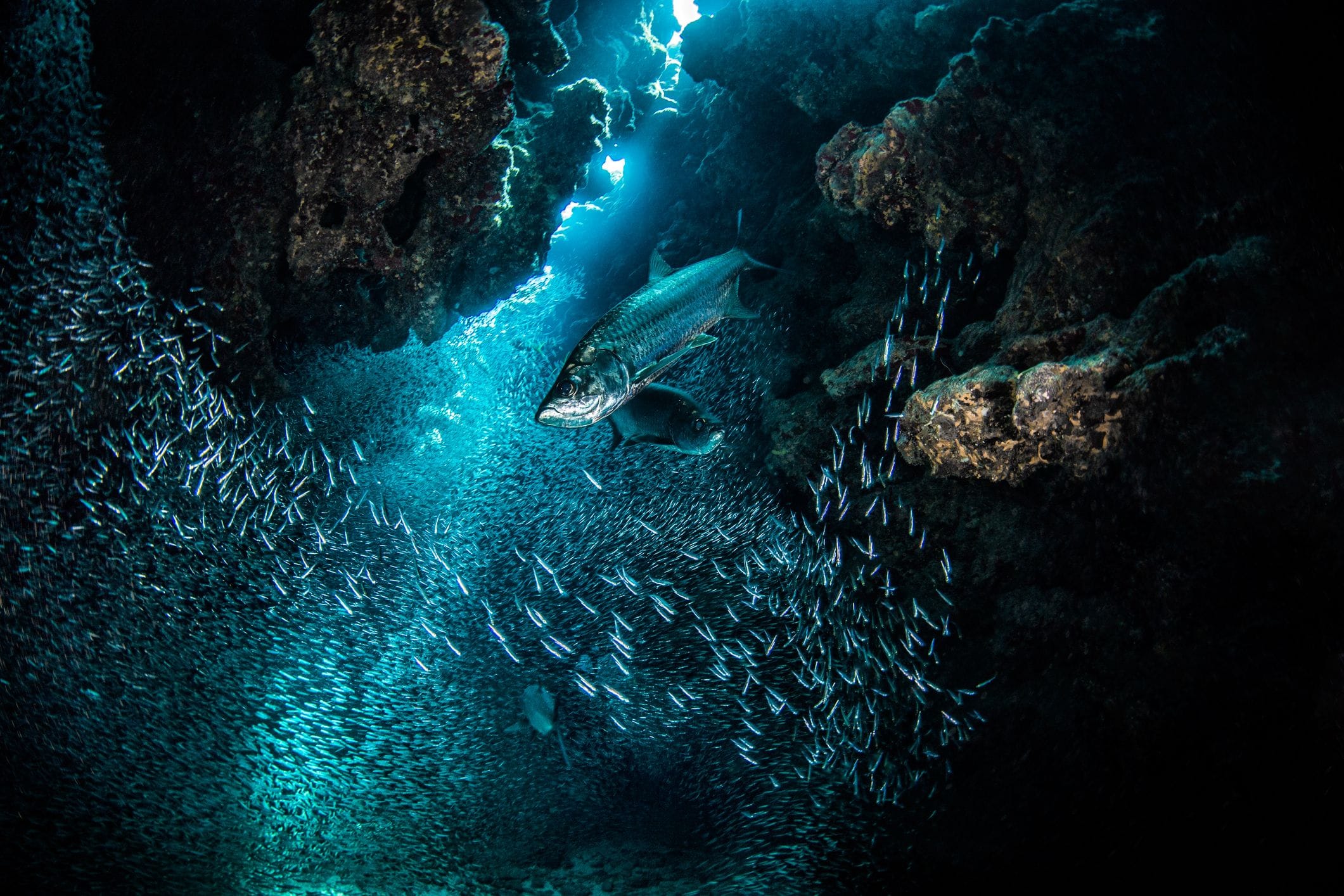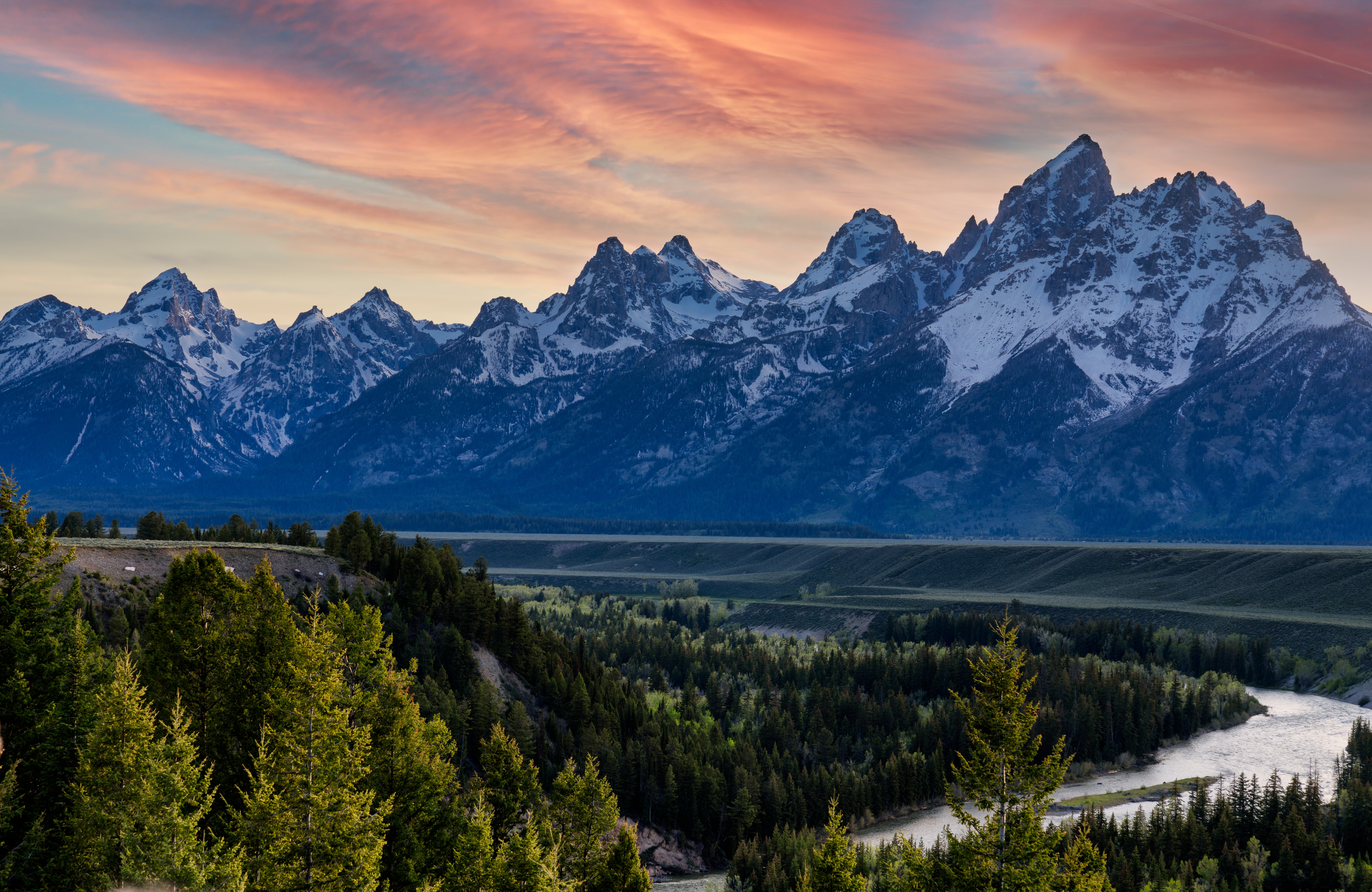Dive into the mysterious depths of the ocean, where the ordinary transforms into the extraordinary. Get ready for a spine-tingling adventure filled with unexpected encounters and mind-bending discoveries. As you venture deeper, the unknown becomes your guide, leading you to uncover the bone-chilling secrets that lie beneath the surface. From creepy creatures lurking in the darkness to the watery graves of lost ships, the ocean holds a world of wonders that will redefine your understanding of this vast and enigmatic realm.
Scary Facts About the Ocean
We all love a good day at the beach, but have you ever stopped to think about what lurks beneath those inviting waves? The ocean, a place of immense power and mystery, holds secrets that can send shivers down your spine. Let’s plunge into some seriously creepy facts about the deep blue.
The Mariana Trench: Deeper Than You Can Imagine
Imagine a place so deep that if you dropped Mount Everest in it, the peak would still be submerged. That’s the Mariana Trench! This massive underwater canyon plunges down nearly 7 miles (that’s 11,000 meters!), and the pressure at its depths is unimaginable—like having the weight of 50 jumbo jets pressing down on every inch of you. The darkness is absolute, and the creatures that have adapted to these extreme conditions are likely bizarre, alien-like lifeforms straight out of a nightmare.
Underwater Volcanoes Spewing Toxic Soup
Don’t let the name fool you—hydrothermal vents are anything but peaceful. Picture underwater volcanoes spewing super-heated water laced with chemicals toxic enough to melt skin. It’s a scene straight out of science fiction, yet even here, life finds a way. Giant tube worms and blind crabs thrive in this toxic soup, suggesting life on Earth—and perhaps other planets—can exist in the most unexpected places.
Crushing Pressure and the Unexplained Depths
The intense pressure of the Mariana Trench is just a taste of what the deep ocean offers. For every 33 feet (10 meters) you descend, the pressure increases by an entire atmosphere. At the ocean’s deepest points, the pressure could crush a submarine like a soda can, making exploration a high-risk endeavor.
Adding to the mystery, scientists believe we’ve only explored about 5% of the ocean. That means a colossal 95% remains a complete mystery. What kind of creatures or secrets are lurking in those unexplored depths? The possibilities are both intriguing and terrifying.
The Ocean: A Source of Wonder and Terror
The ocean is a vast and powerful force, full of both incredible beauty and terrifying mysteries. Maybe it’s best to stay on the sand and just enjoy the view from a safe distance!
What are some creepy facts about the ocean?
We’ve already dipped our toes into the creepy side of the ocean, but hold on tight because it gets even weirder down here. Imagine a force so strong it could swallow a whole city—that’s the kind of power we’re talking about. And the creatures? Let’s just say they make nightmares look cuddly.
Oceanic Whirlpools of Doom: Beware the Eddy
Ever get nervous going down the drain? The ocean has its own version, but instead of a bathtub, it’s a massive swirling vortex called an eddy. These underwater tornadoes can suck down anything in their path—ships, submarines, you name it. It’s like the ocean has a trapdoor, and you don’t want to be around when it springs open.
Creatures from Your Worst Nightmares
Forget Jaws, the real terror lurks in the deepest, darkest corners of the ocean. We’re talking about things with razor-sharp teeth, glowing eyes that pierce the inky black, and bodies that seem to defy all logic. Take the goblin shark, for instance—this thing’s jaw shoots out like something out of Alien! And then there’s the anglerfish, which dangles a glowing lure in front of its face to attract prey. Trust us, you don’t want to see what’s lurking in the depths.
Hurricanes: Nature’s Temper Tantrums
We all know hurricanes are bad news, but have you ever stopped to think about where they come from? That’s right, the ocean. These massive storms are like the ocean throwing a tantrum, unleashing its fury on anything in its path. And with climate change possibly making them stronger, it’s a scary reminder of just how powerful nature can be.
Shipwreck Graveyards: Silent Stories of the Deep
The ocean floor isn’t just sand and coral—it’s also a final resting place for countless ships and their crews. Imagine the stories these wrecks could tell if they could talk. Tales of adventure, piracy, and tragic ends. It’s both fascinating and eerie to think about the history that lies hidden beneath the waves.
The more we learn about the ocean, the more we realize how much we don’t know. It’s a vast and mysterious place, full of wonder and terror in equal measure. So next time you’re at the beach, take a moment to appreciate the sheer power and mystery that lies beneath the surface. You never know what might be lurking down there…
What is the most mysterious thing found in the ocean?
We’ve talked about some pretty wild stuff in the ocean, but hold on to your hats because it gets even weirder down there. Imagine a world of pitch-black darkness, crushing pressure, and creatures straight out of a science fiction movie.
1. The Elusive Giant Squid: Legend Becomes Reality
Picture this: a creature so massive, it could dwarf a school bus. That’s the giant squid, a legendary beast with eyes the size of dinner plates and tentacles that could crush a small car. They’re incredibly rare to find, and most of what we know comes from carcasses that have washed ashore. Some scientists believe they could grow even bigger than we realize. Spooky, right?
2. The Glowing Lure of the Deep-Sea Anglerfish
In the inky blackness of the deep sea, the anglerfish has a unique way of finding a meal. It dangles a glowing lure, like a tiny lantern, right in front of its mouth. Unsuspecting fish are drawn to the light, only to become dinner for the anglerfish lurking in the shadows. It’s a bit like a horror movie, but in real life!
3. The Vampire Squid’s Light Show: A Disco in the Deep
Now, this creature sounds scary, but it’s actually pretty amazing. The vampire squid lives in the deep, dark depths and gets its name from its dark, webbing-like arms that resemble a cape. But here’s the cool part: it can create its own light show! Its body is covered in bioluminescent organs that flash and pulsate, probably to confuse predators or attract mates. Talk about a disco in the deep!
4. The Dumbo Octopus: Straight Out of a Cartoon
Have you ever seen the Disney movie “Dumbo”? Well, the Dumbo octopus looks like it swam right out of the cartoon! It has these big, ear-like fins that flap as it swims, making it look like a cute, underwater elephant.
5. The Sea Pig: A Vacuum Cleaner of the Deep
Imagine a squishy, pink pig rooting around on the ocean floor. That’s basically what a sea pig is! They’re not actually pigs, of course, but they do have these weird, leg-like appendages that they use to crawl around and scoop up their food.
6. Hydrothermal Vents: Oases of Life in the Deep
Deep down on the ocean floor, where sunlight never reaches, scientists found something incredible: hydrothermal vents. These vents spew out super-hot water, heated by volcanic activity beneath the Earth’s crust. And you know what? Entire ecosystems thrive around these vents, fueled by chemicals instead of sunlight. It’s like finding life on another planet!
What We Don’t Know is Even More Exciting
The truth is, we’ve only explored a tiny fraction of the ocean. Who knows what other incredible creatures and phenomena are waiting to be discovered? Every new expedition brings back more questions than answers, and that’s what makes the ocean so captivating. It’s a reminder that there’s still so much mystery and wonder left in the world.
What happens in the ocean at night?
As the sun dips below the horizon, the ocean takes on a whole new personality. The familiar daytime scene transforms into something mysterious and a little bit eerie.
During the day, sunlight floods the water, making it easy for us to see. But at night, that comforting light disappears, plunging the ocean into darkness. This darkness, combined with the sheer size and depth of the ocean, can make even the bravest souls feel a sense of awe—and maybe even a shiver of fear. It’s like stepping into a vast, unknown world where our senses are a little less reliable, and our imaginations run a little wilder.
But it’s not just our perception that changes—the ocean itself comes alive in a different way at night. Many creatures, perfectly adapted to this darker world, wake up and start their day just as we’re settling in for the night.
Remember those incredible bioluminescent jellyfish? They really shine in the darkness, their glowing bodies creating an underwater light show that’s both beautiful and a little bit spooky. And then there are the predators, like sharks, whose senses are so sharp that they can hunt effectively even in the darkest depths. Imagine being a small fish trying to avoid becoming dinner in that scenario!
While swimming in the ocean at night might sound exciting and adventurous, it’s crucial to remember that it also comes with a unique set of risks. Visibility is dramatically reduced, making it much harder to spot potential dangers. Plus, if something does happen, it’s likely to be more difficult to get help in the dark.
That doesn’t mean you should avoid nighttime swims altogether, but it does mean being extra cautious. Always swim with a buddy, stay close to shore, and make sure someone knows where you are. And hey, maybe brush up on your jellyfish identification—you never know what you might encounter under the cover of darkness!
The truth is, we’re still learning so much about the ocean, especially what happens in its depths at night. Every expedition and research project unveils new mysteries and deepens our understanding of this incredible ecosystem. So, the next time you gaze out at the ocean at night, remember that beneath that seemingly calm surface lies a world teeming with activity, full of wonder, beauty, and a healthy dose of the unknown.
When did NASA stop exploring the ocean?
You might be surprised to learn that NASA never actually hit the brakes on ocean exploration! It’s a common misunderstanding, probably because when we think “space,” we think NASA. But their work goes much deeper than that – literally!
Since they first dipped their toes in the water back in 1958, NASA has been on a mission to unravel the mysteries of our oceans. They’ve launched some pretty incredible missions over the years, using high-tech tools like satellites, submersibles, and even robotic explorers to delve into the depths.
Think back to 1978—disco was all the rage, and NASA was making waves with the launch of Seasat, the first satellite dedicated to studying the ocean’s surface. Sadly, Seasat’s mission was cut short in 1980 due to a malfunction, but the data it gathered was invaluable, giving scientists a whole new understanding of how our oceans behave.
Fast forward to today, and NASA’s still on the case! They’re using a whole fleet of satellites and robotic explorers to continue their exploration. These missions are helping us understand some big questions, like how the ocean is being impacted by climate change, where marine life hangs out, and the overall health of our ocean ecosystems. There’s still so much we don’t know, but with every mission, NASA is coming closer to unlocking the ocean’s secrets.
The vast expanse of the ocean holds many secrets, and one of the most intriguing is the existence of black water holes. These mysterious phenomena are dark circular patches in the water that can range in size from a few meters to several kilometers. Scientists are still trying to understand the exact cause of black water holes, but they believe that they are caused by a combination of factors, including the presence of decaying organic matter, high levels of salinity, and the absence of sunlight.
Another intriguing phenomenon in the ocean is the presence of dark spots. These dark spots can appear in a variety of shapes and sizes, and they are often found in areas with high levels of biological activity. Scientists believe that these dark spots may be caused by the presence of decaying organic matter, or they may be the result of underwater volcanic activity.
- Sept 31 Myth: Unveiling Calendar Secrets - March 18, 2025
- How Long & Till December 18, 2025: Accurate Countdown Guide - March 18, 2025
- Discover Japanese Artists: A Complete History - March 18, 2025
















